Breathing Problems in Babies
Breathing problems in babies or children are not uncommon, especially in the winter months. Normally they are mild but they can be dangerous. If you are seriously concerned, call an ambulance. Breathing problems are an important aspect of your kids health and it is important to know what to look out for.
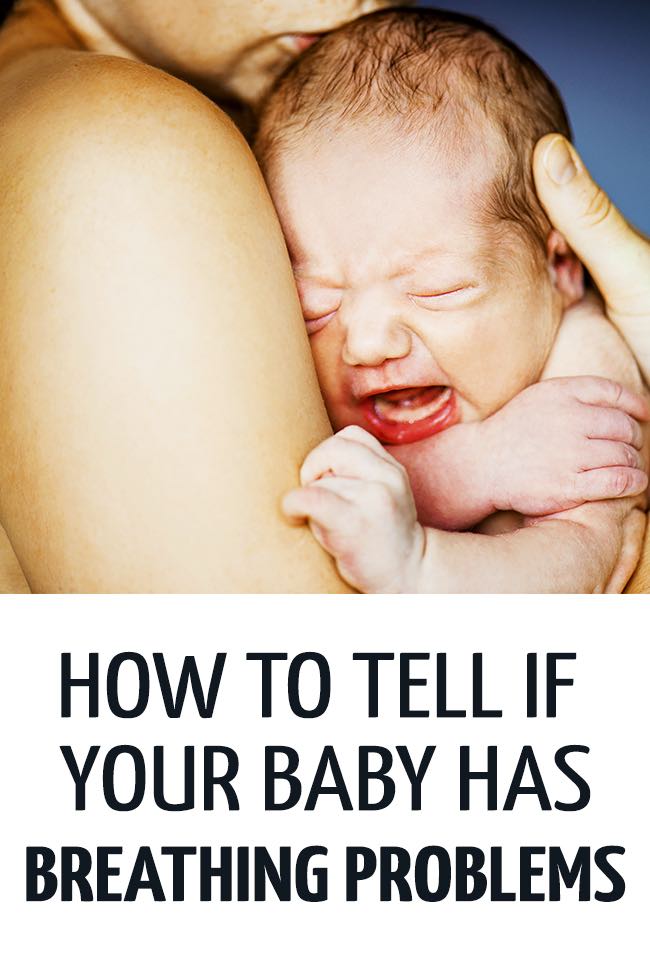
Normal Baby Breathing (No Respiratory Distress)
Babies breathe much more quickly than adults.
If your baby is between birth and 6 months old, the normal rate is 30-60 breaths per minute.
Above 6 months old it is 24-30 breaths per minute.
Normally a baby’s breathing is quiet and comfortable. You may hear little snuffly sounds as they stir, but there should not be much noise.
Normally a baby is a nice pink colour.
Signs of Breathing Problems and Respiratory Distress in Babies
If your child has breathing problems, it can be really scary, especially as breathing problems in children manifest in a very different way to adults.
Increased Respiratory Rate
When babies are struggling to breath, they respiratory rate goes up which means they breath even more quickly than normal.
Respiratory Recession in Babies
The muscles that babies use to breath are much more pliable than those of adults. This means that when they have breathing problems, you can see all these muscles moving more than normal.
Subcostal Recession, Intercostal Recession and Tracheal Tug
You may see the muscles under the ribs sucking in (subcostal recession) or the muscles in between the ribs sucking in (intercostal recession) or the notch at the bottom of your neck sucking in (tracheal tug).
Head Bobbing and Nasal Flare
Very small babies may also present with their nostrils flaring or their head bobbing backwards and forwards as they breath.
• Breathing too fast.
• Muscles going in and out more than normal (respiratory recession and tracheal tug).
• Nostrils flaring like an angry bull (nasal flare).
• Head bobbing up and down as they breath (head bobbing).
• Pursed lips as they breath out.
Check out the video of my 18 month old son with mild respiratory distress. It's at the bottom of the page.
When to Seek Medical Advice
Breathing problems in babies are scary and I urge you to seek medical advice promptly.
You must seek advice if:
- Your baby is struggling to feed
- Isn’t their normal pink and rosy colour
- Is blue anywhere (especially around the lips)

Related: How to Reduce Your Baby’s Risk of SIDS
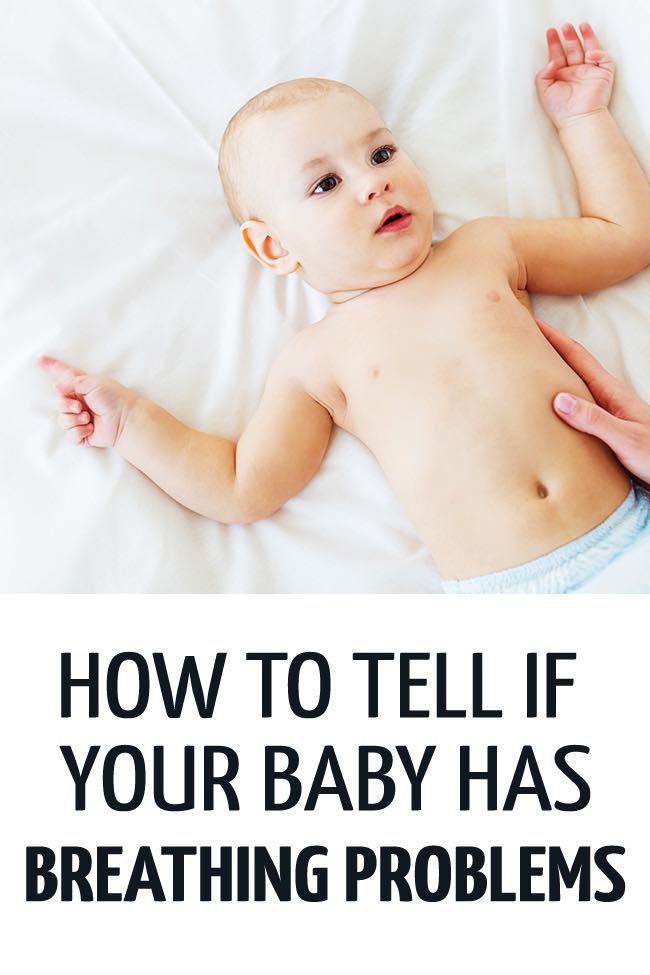
Respiratory Distress in Newborn
Small babies can get unwell even if they only have what in an adult is a mild cold. Your doctor will assess the degree of the respiratory distress, which may be mild, moderate or severe.
If your child is not getting enough oxygen into their body, they will need to be admitted to hospital.
Baby Breathing Problems and Feeding
Breathing problems can also affect a baby’s feeding. Even a blocked nose in a small baby can make it difficult to feed.
Saline drops are available from chemists that you squirt up their nose to dissolve the snot.
Some people use a drop of eucalyptus oil on a blanket near the baby to help unblock a nose (don’t put it on their skin.)
If your baby is finding it difficult to feed (either breastfeeding or with a bottle) you should seek medical advice.
Related: 9 Natural Ways to Ward Off Colds and Protect Your Kids from Infection.
What Can Health Professionals do to Help My Baby?
If they have to go to hospital, they may need to have a tube from their nose to their stomach (a naso-gastric tube) to help them feed. Sometimes they have to have fluid into their veins (intravenous fluids).
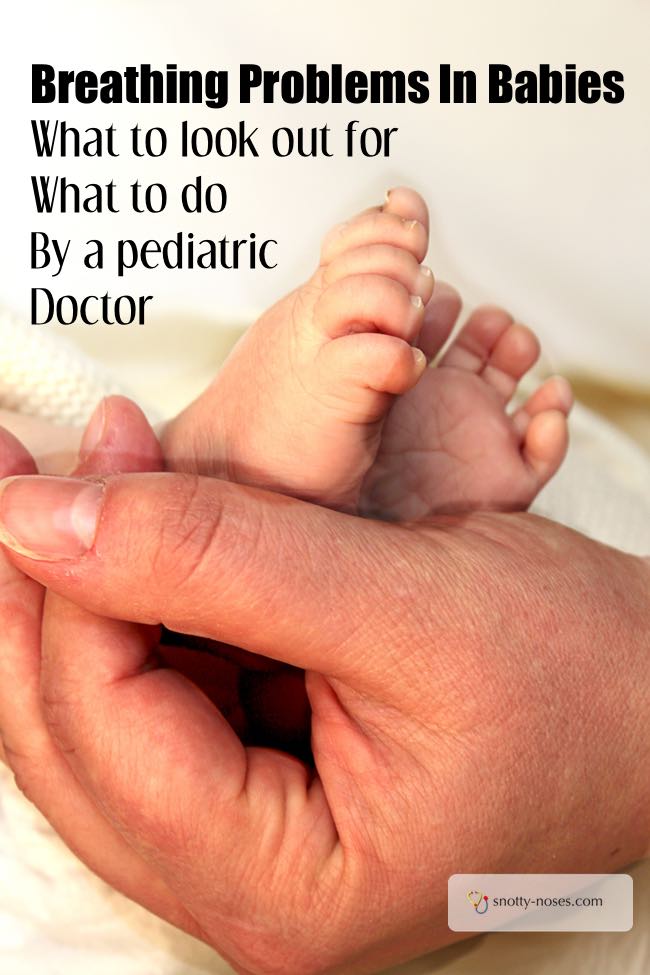
See Also:
Noisy Breathing in Children and Babies
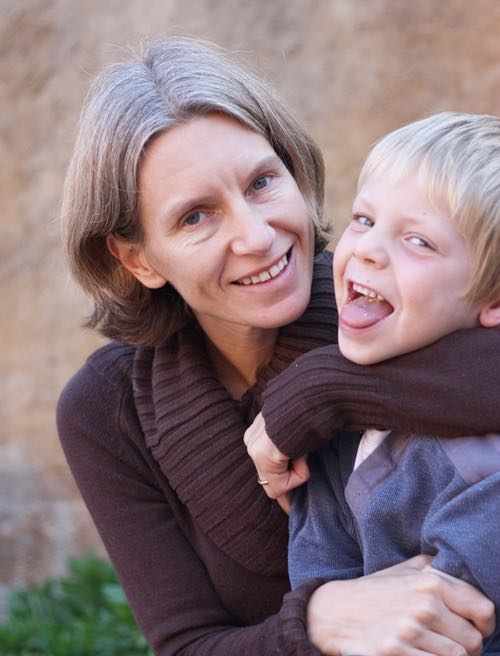
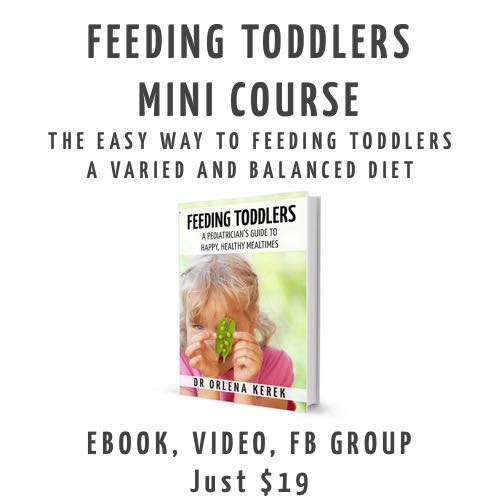 Feeding Toddlers.
Feeding Toddlers.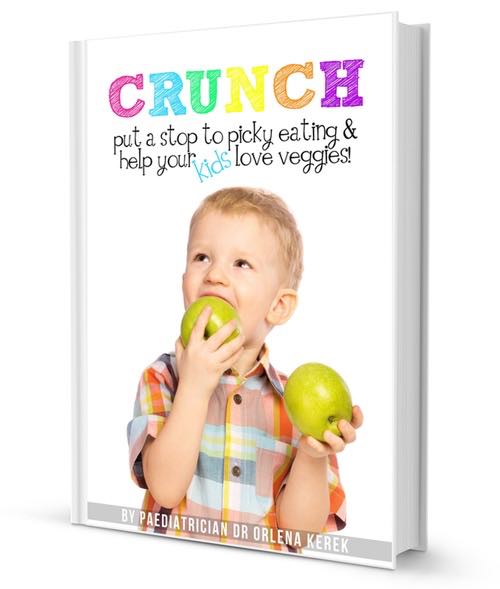 Would you like your kids to eat more healthily? Check out the book!
Would you like your kids to eat more healthily? Check out the book!